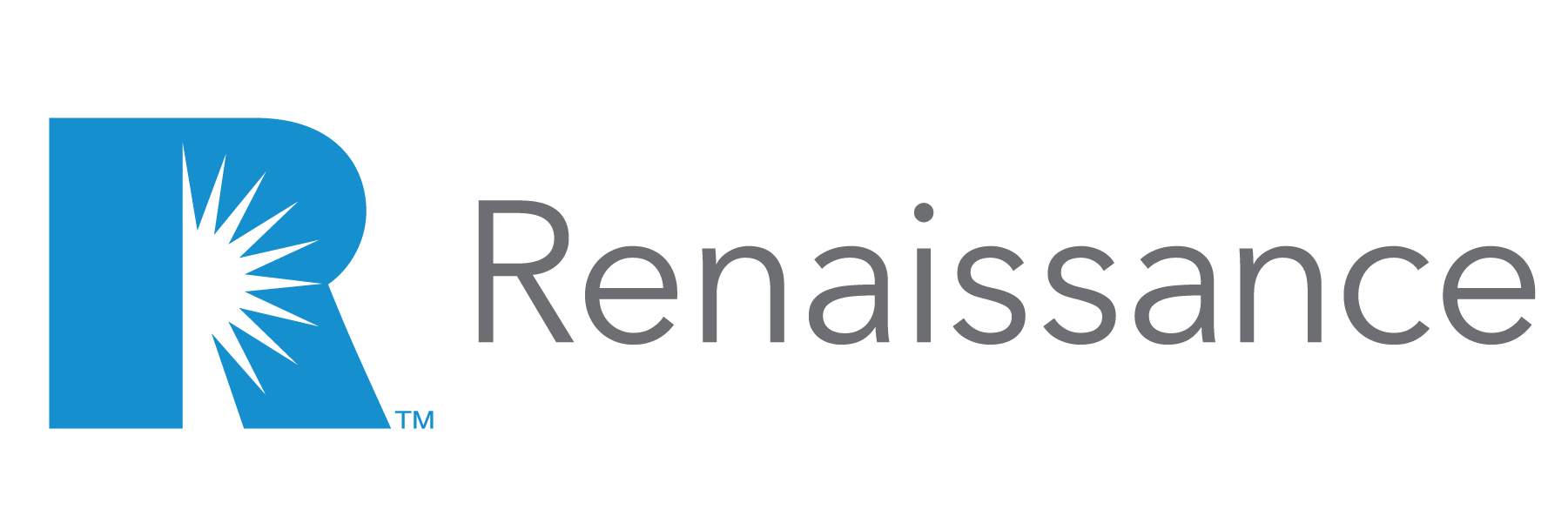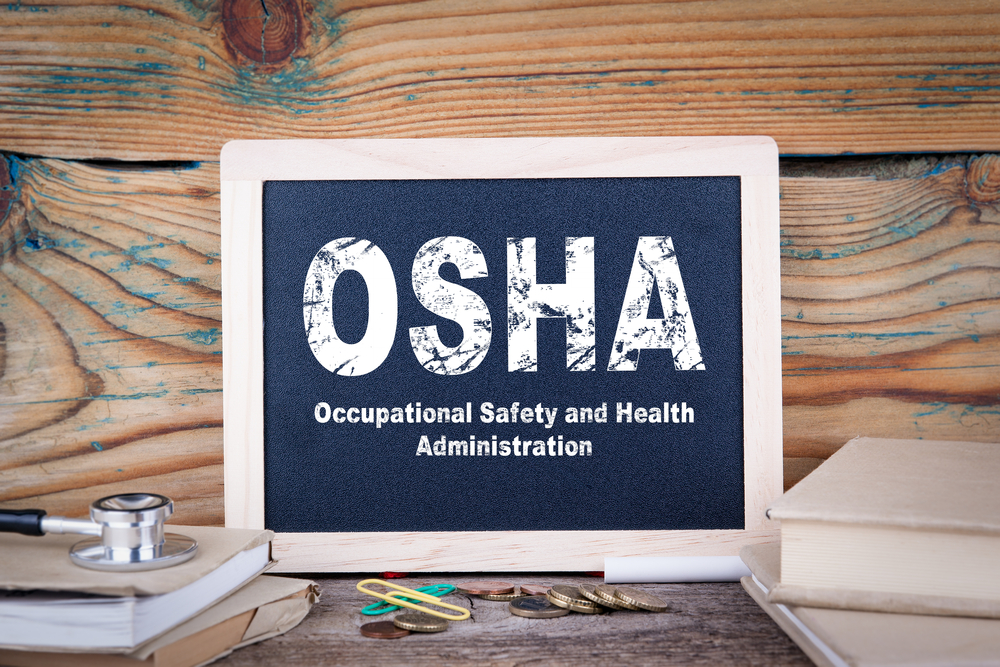OSHA just reversed itself, issuing updated guidance directing employers who are required to keep an OSHA 300 Log to determine whether employee cases of COVID19 are “work-related” and therefore recordable. This is important and something you may want to alert any of your clients who are subject to the Recordkeeping Rule about. It’s potentially confusing because they had previously issued guidance saying that most employers were exempt from considering Covid19 as a recordable illness.
First, you should help your employers determine if they are subject to OSHA’s Recordkeeping Rule. See Fact sheet on OSHA Recordkeeping Rule: Which employers are required/exempt for keeping records of occupational injuries and illnesses. Employers with fewer than 10 employees are generally exempt, as are some selected low-risk industries.
Next, make sure that any of your client employers are aware of the new guidance. Provide and suggest that they review the Revised Enforcement Guidance for Recording Cases of Coronavirus Disease 2019 (COVID-19). You should also alert any relevant workplaces that OSHA will be stepping up Covid19-related inspections.
Employment Law attorney Jeffrey Johnson’s blog post offers some clarity: OSHA Reverses Course on Employers’ Obligation to Report Cases of COVID-19. He says that OSHA requires employers to apply the three-part test and a “work relatedness inquiry”:
In particular, OSHA has noted that, after learning of an employee’s illness, employers will have made a sufficient work-relatedness inquiry in most circumstances by:
- asking the employee how he or she believes COVID-19 was contracted;
- discussing with the employee his or her work and out-of-work activities that may have led to the illness (while respecting employee privacy); and
- reviewing the employee’s work environment for potential exposure, while considering any other instances of workers in that environment contracting COVID-19.
OSHA identifies several factors that weigh for or against a case being work-related in its guidance, so refer to above links for added detail.
Throughout the Covid19 pandemic, OSHA has been the subject of much criticism for being inconsistent and “absent” through this crisis, particularly in relation to offering worker protection guidance or oversight to some of the major workplace hot spots such as meatpacking, auto workers, nursing homes, grocery workers, other essential workers. The New York Times article Protecting Workers From Coronavirus: OSHA Leaves It to Employers discusses the “you’re on your own”approach. In reaction to this criticism, the Department of Labor Office of Inspector General is reviewing OSHA’s enforcement activities and guidance amid the COVID-19 pandemic, noting that OSHA had issued only one COVID-19-related citation out of the thousands of complaints it has received. In response, OSHA has said that it will prioritize Covid19-related in-person inspections as well as other enforcement tools. See: OSHA Intensifies Coronavirus-Related Policies Following Criticism.
It is part of OSHA’s core mission to protect American workers. As workers return to the workplace while the pandemic continues, this is critical. Some employers might welcome a more hands-off approach – let’s face it, no one likes inspections or oversight; but those of us in the insurance industry know that the best way to keep losses/premium down is to keep a focus on prevention. The least expensive injuries and illnesses, both in terms of the dollars and the human costs, are the ones that never happen. With this new exposure, OSHA must play a key role in keeping the workplace safe.
Additional resources from employment law attorneys
- Littler: OSHA Sheds Light on COVID-19 Recording Requirements
- Morgan Lewis: OSHA COVID-19 Guidance Walks Back Prior Agency Positions
Related Blog posts






